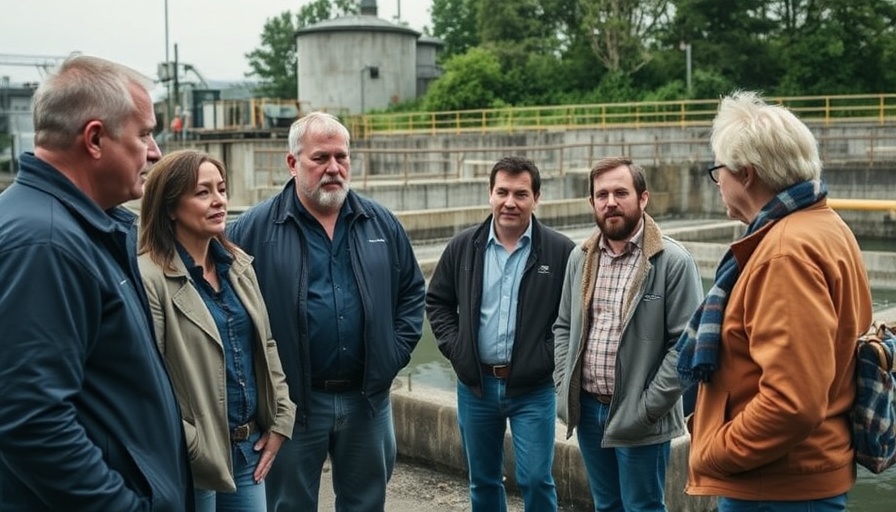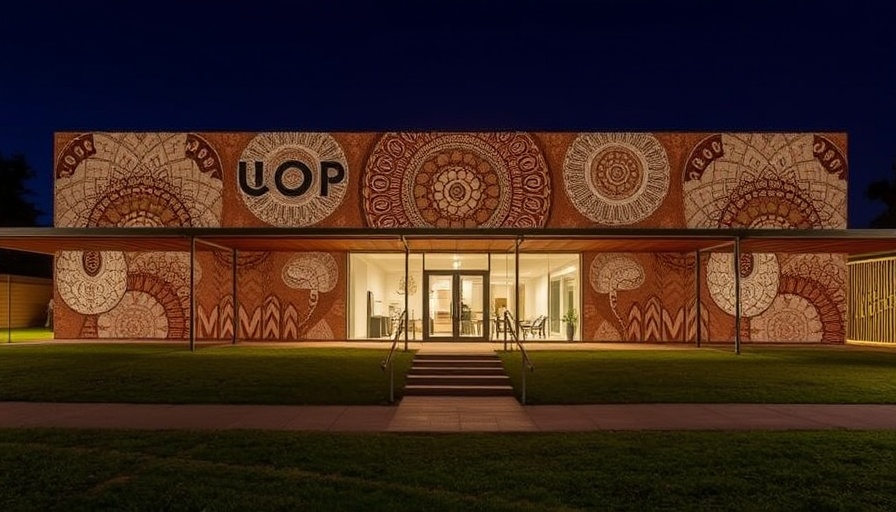
Understanding Disaster Resilience in Healthcare Facilities
As we navigate an era where healthcare facilities face an increasing number of threats ranging from devastating natural disasters to sophisticated cyberattacks, resilience has shifted from a buzzword to a pressing necessity. With this growing complexity, the question isn't just whether a facility has a plan to manage risks but rather how effectively these plans translate into real-world action.
Key Components of a Resilient Healthcare Facility
A robust resiliency program goes beyond written plans and mandates. According to Jon Crosson, the director of health sector resilience at Health-ISAC, the first step begins with an actionable plan addressing the essential five Ws and H—who is involved, what needs to be done, when and where actions should occur, why they are necessary, and how they will be implemented. This framework ensures a comprehensive approach to identifying and responding to threats.
Moreover, ongoing monitoring and deep initial evaluations are imperative. These assessments should not merely focus on existing threats but should anticipate potential future risks, enabling organizations to remain proactive rather than reactive.
The Importance of Real-Time Information Sharing
In a world where cyber threats evolve at lightning speed, real-time information sharing becomes a cornerstone of effective resilience. As Crosson points out, once an attacker identifies a viable method, they rapidly exploit it across multiple organizations. Information Sharing and Analysis Centers provide a crucial early-warning system for emerging threats, helping healthcare facilities to stay ahead of vulnerabilities.
Creating a Culture of Preparedness
Resilience also hinges on the preparedness of staff. Employees must be trained and supported to act quickly and efficiently during crises. A culture that encourages open communication allows staff to report incidents without hesitation and contributes to overall organizational effectiveness in the face of challenges. Enhancing preparedness through continuous training is not just beneficial, it’s essential for a swift and coordinated response.
Continuous Improvement and Adaptability
A resilient program is never static. As circumstances evolve, facilities must continuously update and refine their strategies based on lessons learned from both successes and failures. This adaptability is vital to navigating future disruptions with confidence and agility.
Final Thoughts: From Plans to Action
The essence of true resilience lies not merely in having a plan but in the organization’s commitment to working those plans into actionable strategies. By fostering real-time communication, investing in staff training, and embracing an adaptable mindset, healthcare facilities can stand ready not just to survive disasters but to thrive in spite of them. Awareness and preparedness are keys not just to surviving crises, but to enhancing overall patient safety and care quality.
 Add Row
Add Row  Add
Add 






Write A Comment